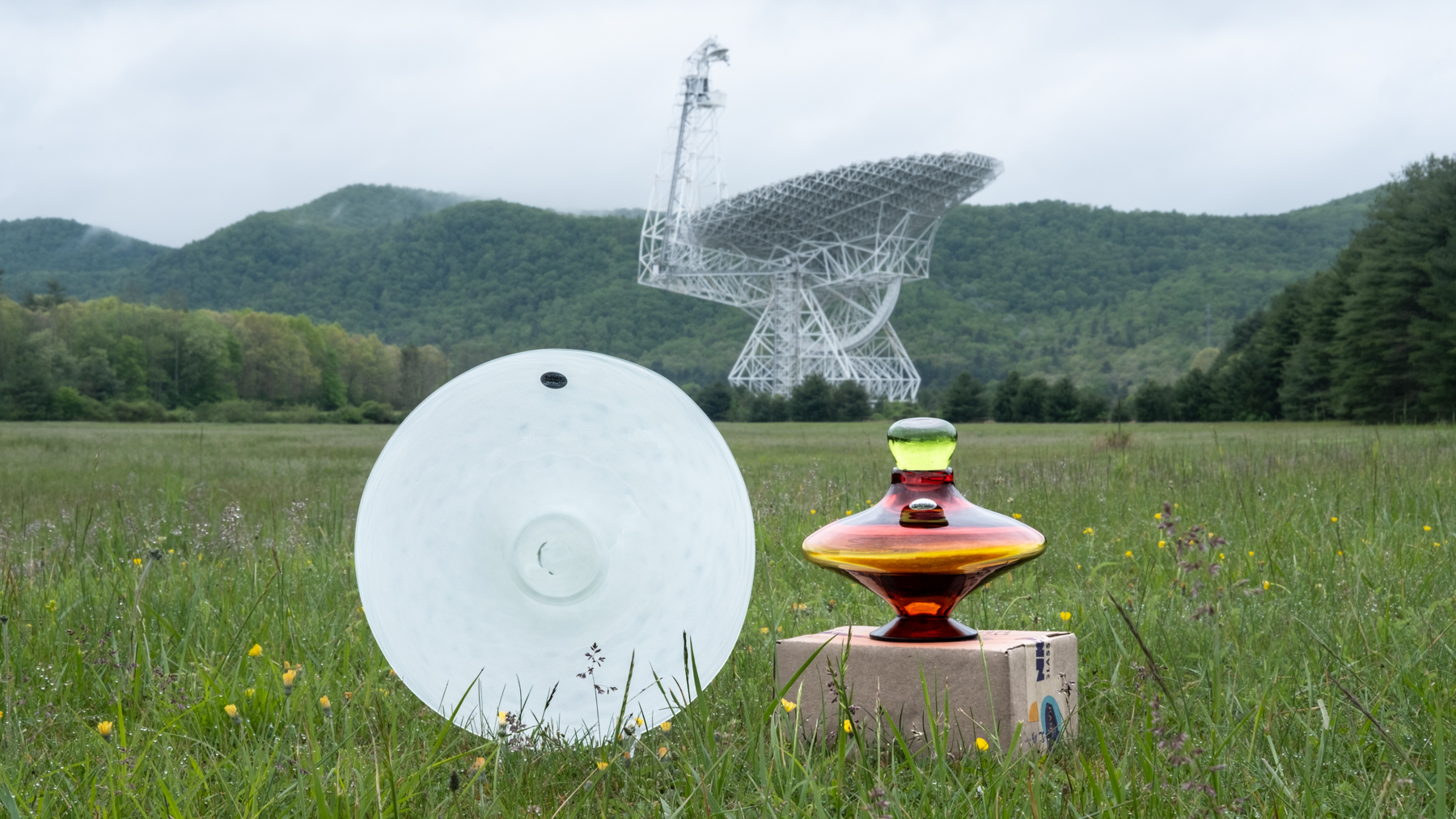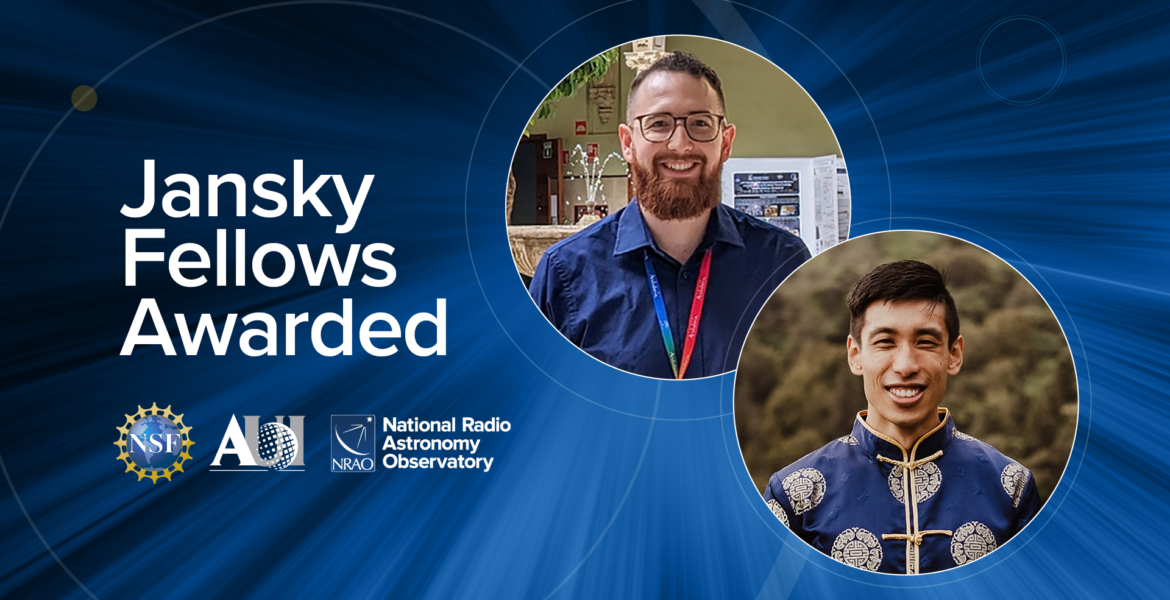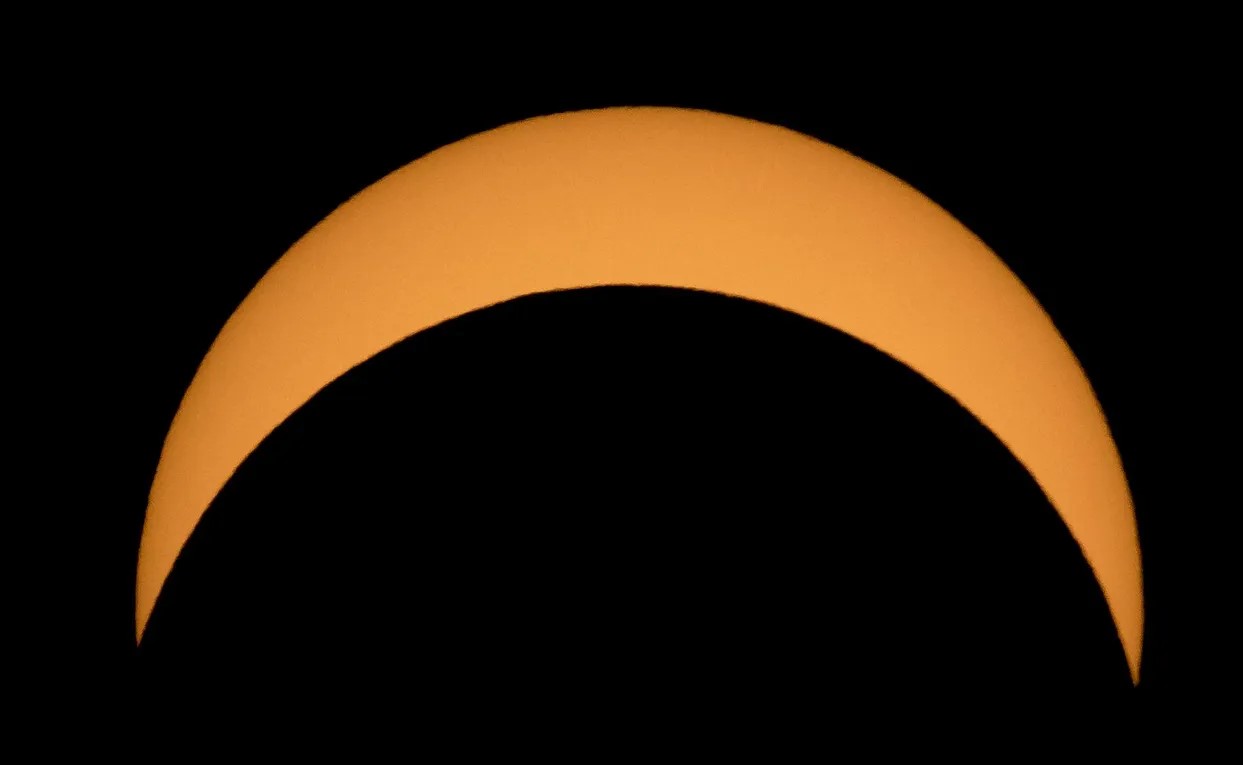-
Green Bank Observatory Inspires Blenko Glass
Blenko Glass Company is honored to announce its 2024 West Virginia Day Piece, “Wavelength.” This year’s ‘Birthday’ piece is a 15-inch charger (wide, shallow bowl) in our classic Crystal with intricate white glass powder tracework in a diamond optic pattern to create a beautiful, radiating geometric design. The charger was designed by Creative Director James […]
-
Fall 2024 – Virtual
October 8 – 10, 2024 – Observer Training Workshop
-
October Observer Training Workshop
October 8 – 10, 2024 – Virtual GBT Observer Training Workshop The GBT Training Workshop will include three days of intensive instruction on how to observe with the Green Bank Telescope. Applications will be open from June 7 – September 6, 2024, and applicants will be informed of their acceptance by September 20. Remember, this […]
-
AUI Announces 2024 Scholarship Recipients
Eighteen high school students receive award for academic achievement, community involvement and leadership skills Below are the recipients of the 2024 AUI Scholarship conducted by International Scholarship and Tuition Services, Inc. These students will each receive an award of $3,500 per year to aid in defraying expenses at the college or university of their choice. […]
-
Spring Internal Symposium
Green Bank Observatory is hosting the 2024 Spring Internal Symposium May 13-14. The symposium is designed to highlight research by the staffs of the GBO and NRAO-CV.
-
2024 Jansky Fellows Awarded
As a part of its central mission to nurture and inspire the next generation of radio astronomers, the National Science Foundation’s National Radio Astronomy Observatory (NRAO) has selected two outstanding early career professionals for its 2024 Jansky Fellowship.
-
Spring Internal Symposium
The Spring Internal Symposium takes place at the Green Bank Observatory May 13-14. It is designed to highlight research by the staffs of the GBO and NRAO-CV. The symposium will take place in the Jansky Auditorium from Monday morning May 13, ending with lunch on Tuesday May 14. A tour of the GBT may be […]
-
Eclipse Viewing Party 2024
You are cordially invited to join us for an unforgettable experience – a Solar Eclipse Viewing Party at the Green Bank Observatory on Monday April 8th! As the moon aligns with the sun, casting its shadow over the Earth, we invite you to witness this awe-inspiring phenomenon in the company of fellow astronomy enthusiasts! No […]











